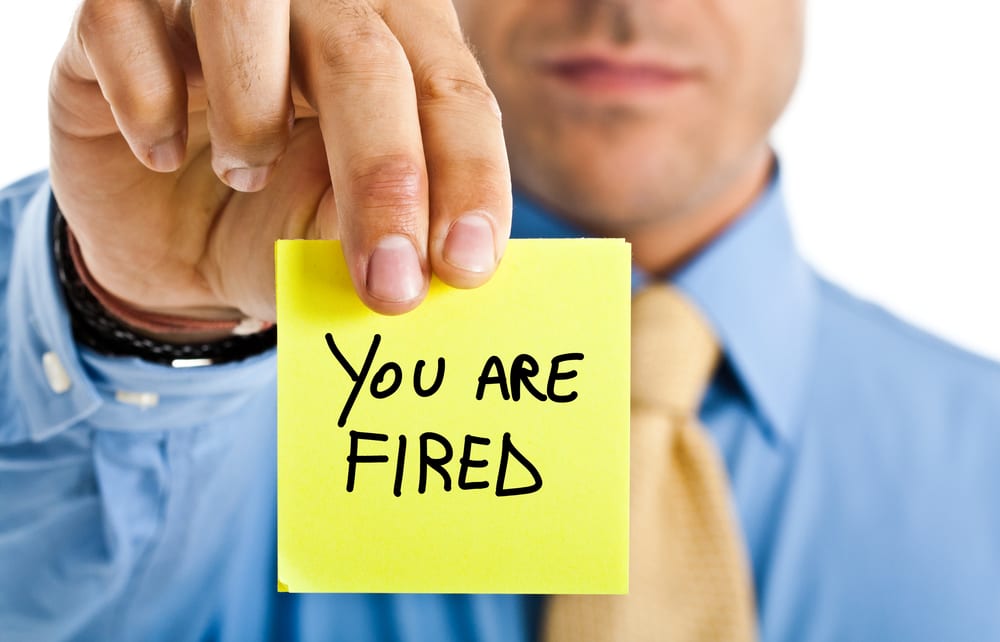Having to terminate is likely one of the hardest parts of running a business. It requires finesse, compassion, and conciseness; and if you do it right, you can make the transition painless for employee and employer.
Every company operates differently but they all have to manage hiring and firing employees, so it pays to establish good practices for terminating workers to minimize backlash or confusion in the workplace.
Make sure your decision to terminate is grounded in fact (and not emotion)
To avoid legal backlash or problems, it’s best to ensure your reason for terminating an employee has a basis in provable fact. If you try to fire someone based on your emotions, opinions, or personal bias you could wind up being sued—or worse.
Document everything leading up to the termination, including the final exit meeting itself
Documenting the problems leading to an employee’s termination not only provide a clear timeline of the issues but offer the best defense against any kind of legal action an ex-employee could take against you.
Things to document would be the employee’s performance and any notes concerning why they should be terminated, documenting specific events or incidents in the process. Hard facts are much easier to leverage against complaints made by a former employee than conjecture.
Meet in person, and be prepared
Taking the easy way out—informing an employee by phone, text, or email—will only benefit you in the short term. Termination can cause significant damage to an employee’s self-esteem and confidence, especially when it’s handled so impersonally.
When you meet with the employee it also helps to have something prepared. Knowing what you’ll be saying ahead of time makes the meeting short and concise, and keeps the individual focused on the future, rather than on the job they’re losing. We recommend having a third person in the room, whether it be a manager and an HR representative or someone else, to act as a witness and additional support should either the firing manager or employee need it.
Know and understand all relevant employment laws
Depending on your state, industry, and the size of your organization, employment laws may vary; but it’s important to know what they are before you act to make sure you’re protected legally, and to make sure you’ve done your due diligence as an employer. Remaining compliant is key to avoiding legal action being taken against you when you terminate someone.
Remember to manage the morale of employees after a termination
Communicate with your employees following the departure of an employee. This is the simplest way to get ahead of rumors and gossip and to reassure employees that one person being fired isn’t necessarily a sign of things to come—that everyone else isn’t also on the chopping block. Terminations always seem sudden to employees and showing that you are compassionate and respectful to the departing employee can remind the remaining workers that the company cares about its people.
The truth is there’s no universal right or wrong way to carry out the termination of an employee. You have to use your best judgment, act on fact, and proceed with compassion, respect, and clarity. The firing process should be made as smooth and efficient as possible. Having a long, drawn out termination makes for a toxic environment as the employee in question could cause problems that distract and upset everyone else, and make your company look bad.


